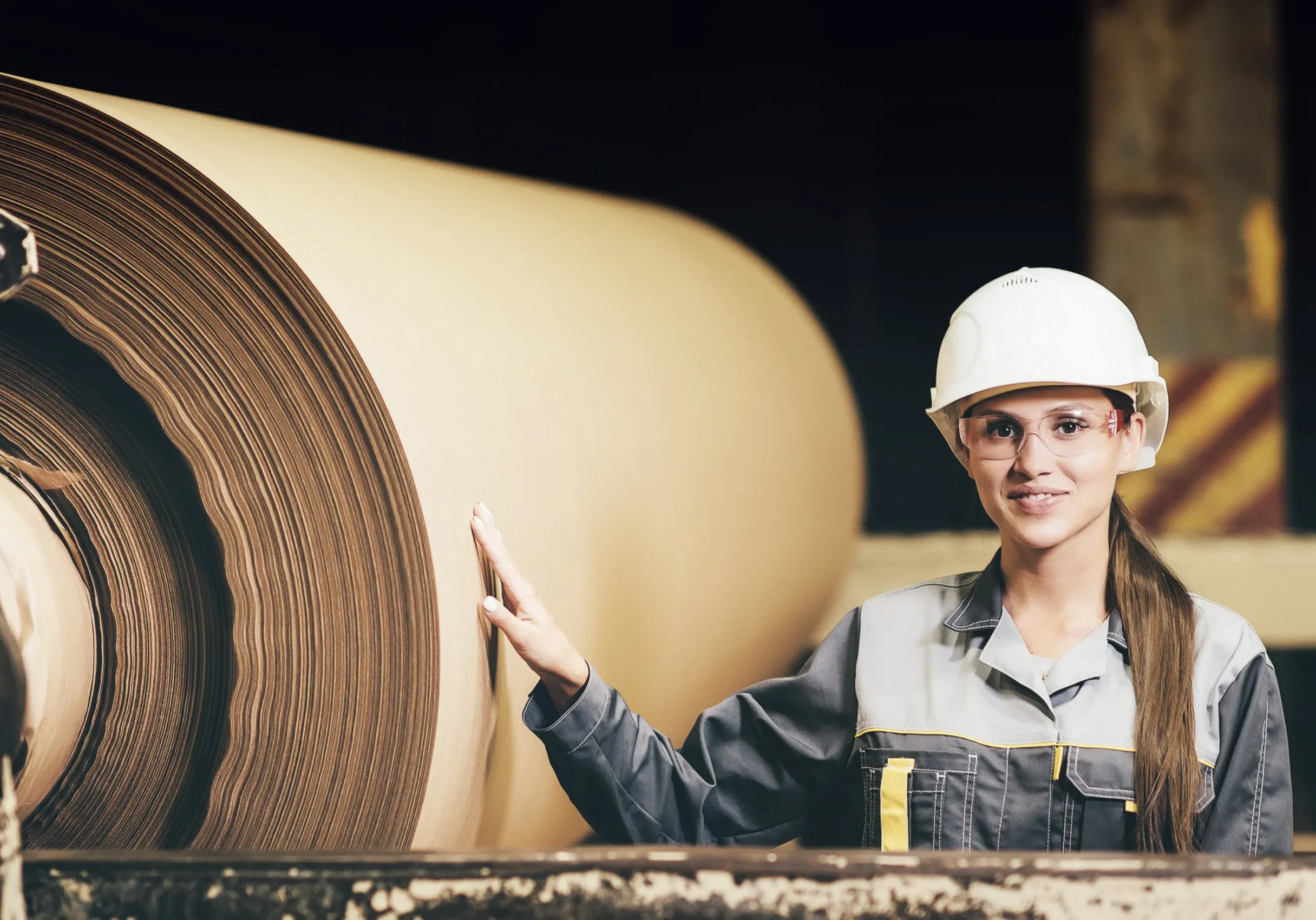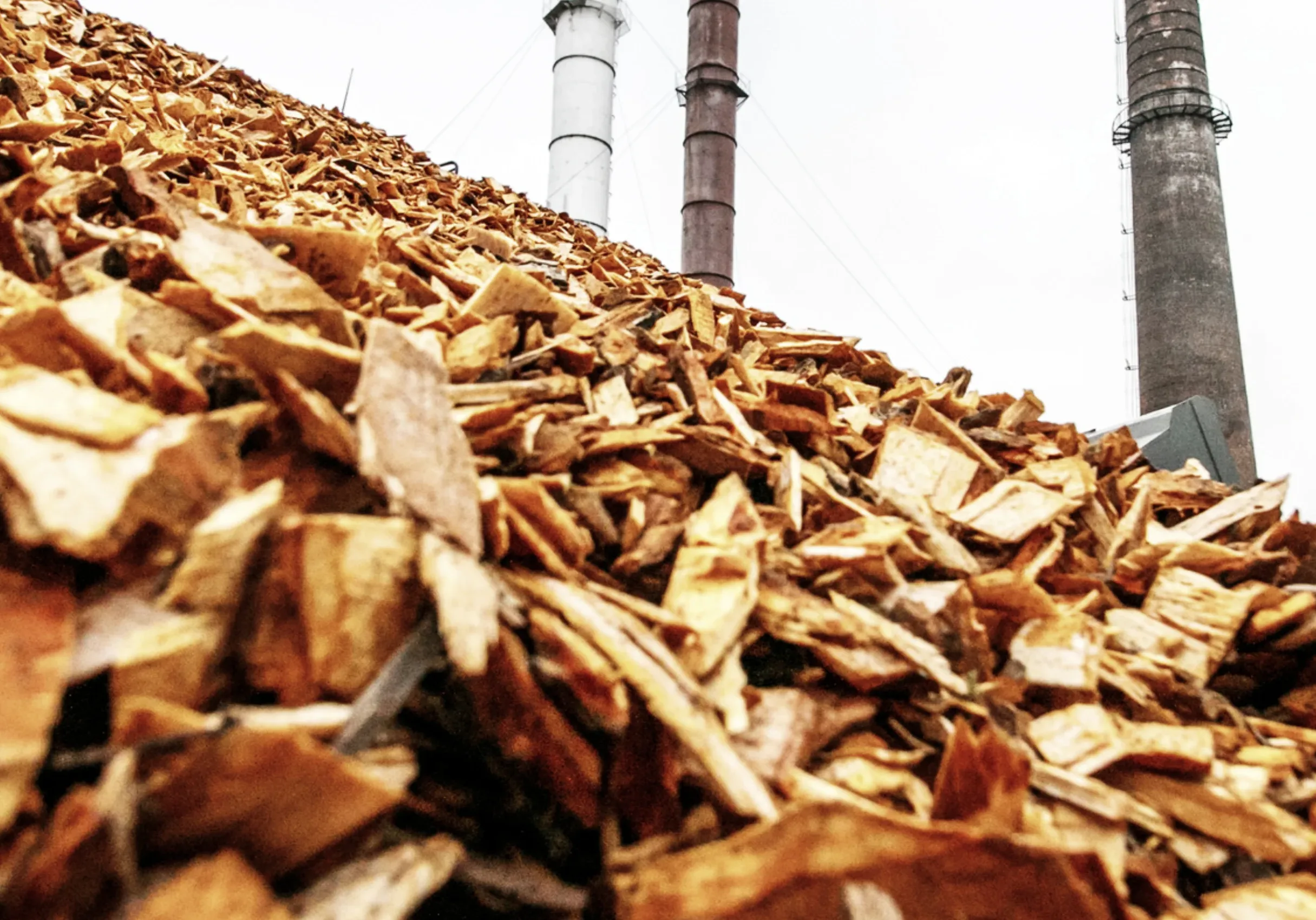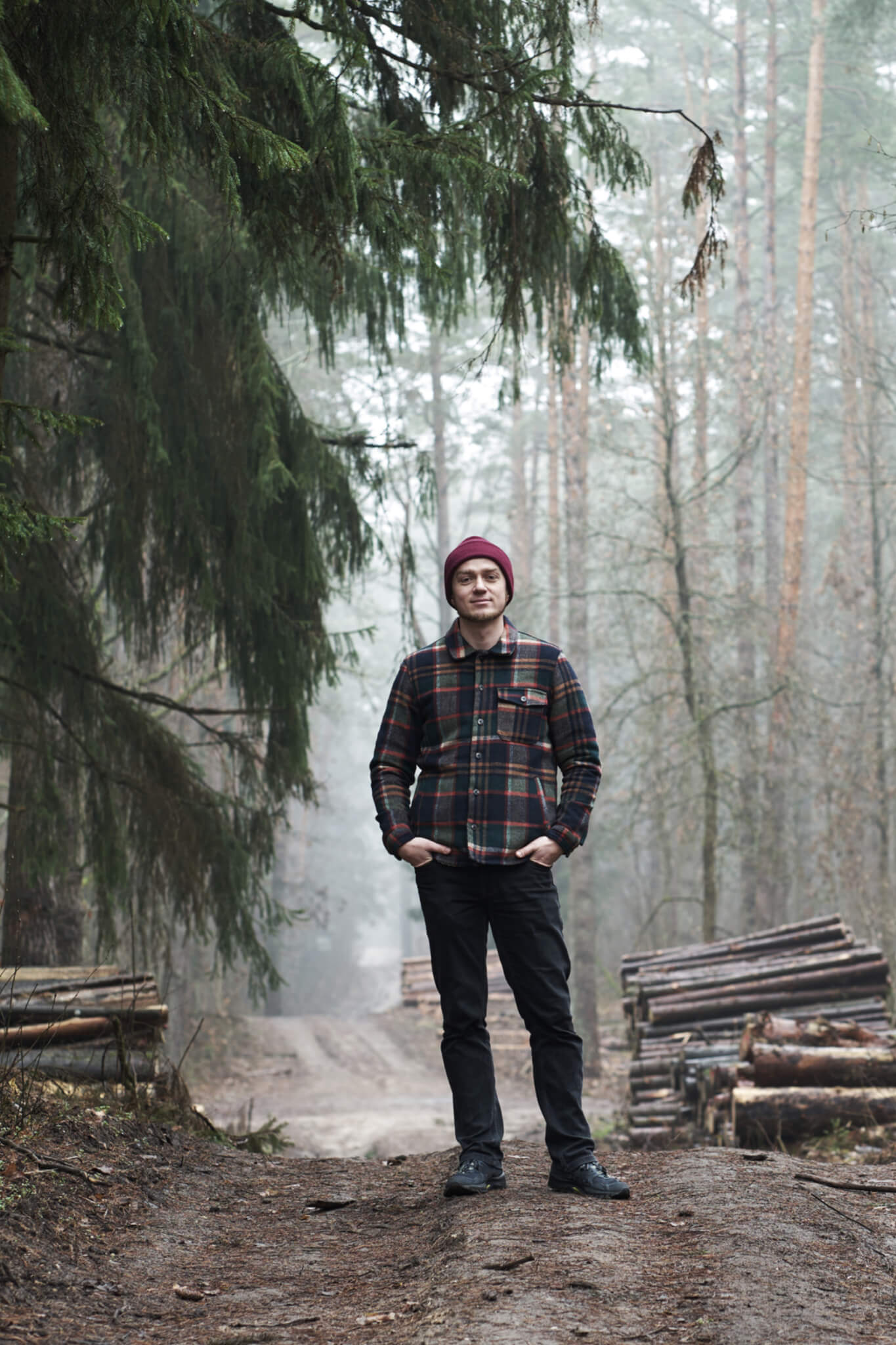
We make the wood products of tomorrow, today.
New Brunswick Forest Companies are constantly innovating adapting to global product demand. Just a few of the many products made in New Brunswick include: Softwood lumber, Northern bleached softwood kraft market pulp, Packaging, Printing and writing paper, Newsprint, Oriented strand board, Plywood, Household and sanitary paper, Industrial logs, Dissolving pulp, Wood pellets, Hardwood lumber, Recovered paper, and much more!
Growing Green
Today more than 60% of Canada's forest industry runs on bioenergy. Wood chips, sawdust, and bark, materials previously thought of as "wood waste", are being used by the mills as a low-carbon energy source. These biofuels are helping Canada's remote communities to reduce their reliance on fossil fuels, and providing new export opportunities as more markets work to reduce emissions.

Since the early 1990s, Canada's forest sector has reduced its GHG emissions by close to 70%.

Working a rewarding career in forestry means joining a community dedicated to innovation, to securing and protecting the future of New Brunswick's forests, enriching people's lives. No matter your profession, your location, or your background, you can be proud of your work that will make an impact for generations.
Forestry is woven right into the social and economic fabric of our province. It is New Brunswick's oldest industry. The core principle of managing our forests responsibly hasn't changed in more than 100 years, but new discoveries, technologies, and insights are constantly improving how we do it.
